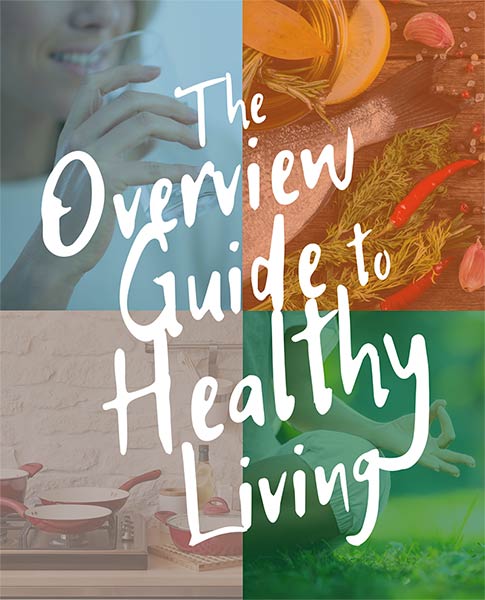This is part one of a two-part series.
Some people might find the term “natural pregnancy” perplexing. Perhaps you are asking, “Aren’t all pregnancies natural?”
You are right. Pregnancy is a natural process. Yet, many things have changed since that very first woman brought a baby to her arms centuries ago. While we’ve enjoyed countless advancements in medicine, many modern practices for monitoring a pregnancy have veered from a natural path, becoming unnecessary and or even invasive.
For expectant moms who want to preserve the beauty of a more natural pregnancy and birth, there are many different routes. It starts with educating yourself on the options you have as well as choosing providers who prioritize a more natural approach to medicine. Knowing more about your options and leveraging the power of a healthy diet lessens the need for unnecessary medical intervention.
As you are charting your journey to motherhood, here are the main areas to focus on:
Choosing Your Medical Providers
As with any service providers, you will encounter medical providers who align closer with your values. If your goal is to have a pregnancy less dependent on medical intervention, then it’s important to choose providers who operate a more naturally inclined practice.
In America, we have a much higher rate of C-sections than other countries. While there are times that this procedure is warranted, too many providers default to a cesarean birth out of convenience or due to a hospital policy that favors intervention. In 1965, the US had a 4.5% rate of cesarean birth. Fast-forward to today and that rate is closer to 32%. Bottom line: healthy, low-risk pregnancies are ending in unnecessary surgery. While hospitals are becoming more tolerant of surgeries, it’s an incredibly invasive procedure that should not be taken lightly.
When choosing your maternity ward, evaluate their practices around birth, labor, and postnatal intervention. Choosing a hospital with a lower incidence of intervention will give you a better chance at a traditional delivery.
Ultrasounds and Scans
Expecting parents eagerly anticipate the day they can see their little one on screen. We’ve grown to expect a snapshot of the moment shared on social media shortly after the pregnancy announcement.
While this moment truly captures parents’ hearts, what is going on behind the scenes?
The short answer is heat and sound. The technology behind the ultrasound sends in sound waves through the placenta to capture the image of the growing fetus. These waves have been shown to increase the temperature surrounding the baby. Increased temperature can lead to neurodevelopmental defects. Some studies suggest the possibility of birth defects related to the rise in temperature. That’s why the FDA and professional medical associations strongly advise against ultrasounds for creating keepsakes.
The ultimate goal of the ultrasound is to monitor the baby’s progress. Luckily, there are additional ways to accomplish this. In fact, many healthy women only have two scans throughout their entire term. These screening tests help identify any genetic abnormalities or conditions that parents should be concerned about.
For healthy women, I recommend two scans:
NT Nuchal Translucency Scan:
Done between 11 and 14 weeks, this test assesses the likelihood of the baby having Down syndrome. This test is performed using standard ultrasound equipment. During the test, the sonographer will also measure your baby to date your pregnancy.
MaterniT21
This blood test screens for Down’s syndrome as well as chromosome abnormalities and sex chromosome abnormalities. It is done between weeks 10 and 14. The results from this non-invasive screening are 99% accurate for detecting Down’s syndrome and a 91% accuracy for detecting the other abnormalities. False positives are less than 1%.
Scans to Be Aware Of
Chorionic villus sampling (CVS) and amniocentesis are two dangerous tests that some professionals still use today. Each test gives a more accurate assessment on the baby’s likelihood of Down syndrome, yet can cause a miscarriage.
Note: There are times and situations that merit the need for several ultrasounds and other scans throughout the pregnancy. Mothers who are suffering from placenta previa, have gestational diabetes, have an autoimmune disease, or have other characteristics of a high-risk pregnancy will need more in depth monitoring.
Conceiving Later in Life
Having a child later in life does not necessarily mean that you are at higher risk. I have worked with women in their 20s who are far less healthy than women conceiving in their 30s.
Yet traditional hospitals and providers typically label women over 35 as geriatric, which means that they adopt several high-risk practices throughout the pregnancy regardless of health. Higher risk approaches involver higher levels of intervention.
More scans. More tests. Less natural.
Particularly if you are conceiving later in life, I recommend working with a qualified midwife. A midwife will evaluate your health and that of your growing baby when approaching your care and advise you on your options throughout the process. Rather than turning to consistent scans, a midwife will monitor the baby’s health by checking the heart rate with an external fetal heart rate monitor.
Continuing the Conversation
This is part one of a two-part, in-depth look at adopting a more natural pregnancy. Join me next month as I continue the conversation with inoculating the birth canal, gestational diabetes, and important measures to take at home.
For action items to implement now check out my recent post, “Expecting? Lifestyle Changes You Need to Make Today.”
In today’s society, it can be overwhelming to make all the necessary changes to enjoy a natural and nourishing pregnancy. From the medical world pursuing invasive methods to toxins being introduced to our food, it is a lot to try and tackle all at once.
If you are looking for support throughout the journey, schedule a free fifteen-minute consultation today. Together, we can review different steps you can start now toward ensuring you have the healthiest pregnancy possible.

Trackbacks/Pingbacks